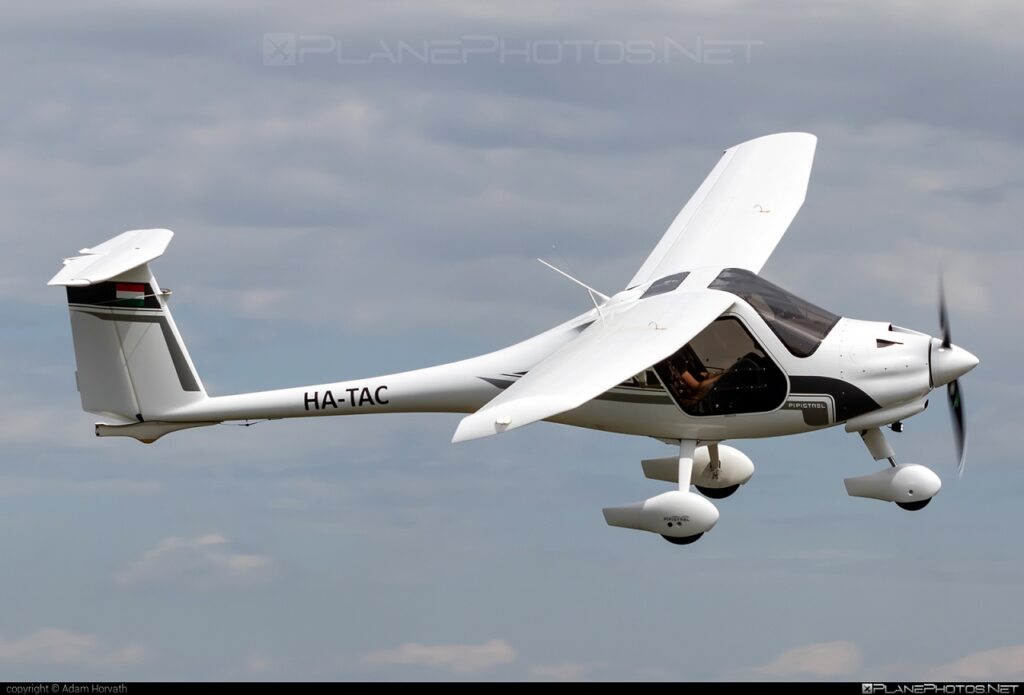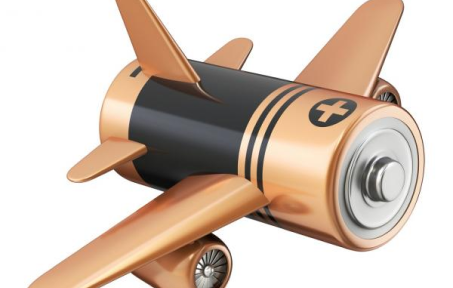We are going through a period in which we focus entirely on war and its effects on our lives today and on our …
We are going through a period in which we focus entirely on war and its effects on our lives today and on our future. Everything is insignificant compared to the tragedy we are witnessing. Yes, our life goes on, but it is never the same. While we have started to consider making plans for 6-12 months as success, we are now unable to predict even weekly changes.
The war environment made everyone question their interdependence. Dependence on fossil fuels has turned into a human problem that is so great that it affects the preservation of ethical values. The catastrophic events in the last 1 month accelerated the need of change especially in the field of energy.
It is estimated that electric cars will be fully in our lives by 2030. The carbon emission agreements signed by the countries, the announced decisions to end production (such as diesel engines), and the ever-increasing range and charging stations show that the manufacturers have already started to compete.
For aviation, the situation is not much different. Although it does not seem possible that large aircraft that can be operated with electric power can make long flights in the same 10-year period, it does not mean that there will not be serious changes either.
As of June 2020, there has been a development that is too small to be on the agenda in terms of the transition to electricity, but a big development for aviation. EASA has completed the certification of an electric aircraft, Pipistrel Virus SW 121, for the first time. Passenger planes capable of making shorter flights with smaller capacities are no longer such a far-fetched possibility. Such small planes can even completely change the concept of hub and spike operation by enabling cross-flight among rather small airports with lower passenger capacity.

Pipistrel Virus SW 121
Existing batteries, solar panels or generators are not yet sufficient to generate the power needed by medium and larger passenger aircraft. They are quite heavy and have low capacity. However, when they reach sufficient power, electric motors will open a whole new page for aviation. There are many reasons for this, and here we list the main advantages;
– Compared to jet engines, they contain much less parts. Much less spare parts (and technical personnel) they will need if they break or fail.
– They run much quieter.
– They are less dangerous as they do not blow hot and violent exhaust gases.
– Since they do not contain high combustion and fuel, they do not have the possibility of fire or explosion.
– They are more cost-effective and feasible to operate in areas with lower load capacity
– They do not carry risks such as fuel leakage or fuel (biological) contamination.
– Less chance of foreign object-induced engine damage (FOD).
– Routine maintenance requirements, costs and times are much less and shorter.
– Since there is no hot gas combustion, they do not need additional cooling systems.
– In the event of a breakdown, any engine can provide a regenerative contribution to other engines to extend range.
– There is no need for an auxiliary engine (cost and maintenance) like APU.
– It is possible to operate components that require less energy (such as avionics) with additional solar panels.
– Since they are built on electrical infrastructure, their integration into avionic systems is much simpler.
– In general, they are much more amenable to automation and optimization.
Of course, it is not without its drawbacks;
– It is not possible to recharge with mobile vehicles such as fuel tankers
– Batteries are likely to collapse when long-term parking is required.
– Battery fire possibility still exists
– Performance may decrease as the batteries are discharged.
– Charging time of batteries can extend transit times between flights
– Although transit times can be shortened with battery replacement, the number and rotation of spare batteries will increase.
– Any retrofit (post-production) mod or system may seriously compromise performance
– It is obligatory to switch all airports in operation to electrical infrastructure.
– It is necessary to protect the security of all systems in case of lightning strike
– All flight, cabin and technical crews must be retrained for this type of aircraft.
As a result, no engineering solution is perfect; therefore, electric airplanes will have their own problems. They may even create new problems that are unpredictable at the moment. However, the advantages they provide seem sufficient for us to bear their disadvantages. It would not be wrong to say that we will remember 2020 as another serious breaking point for aviation.
Click here for EASA Certification Press Release
Click here for Pipistrel Virus SW 121 Type Certificate
Click here for Pipistrel Virus SW 121 Official Page
